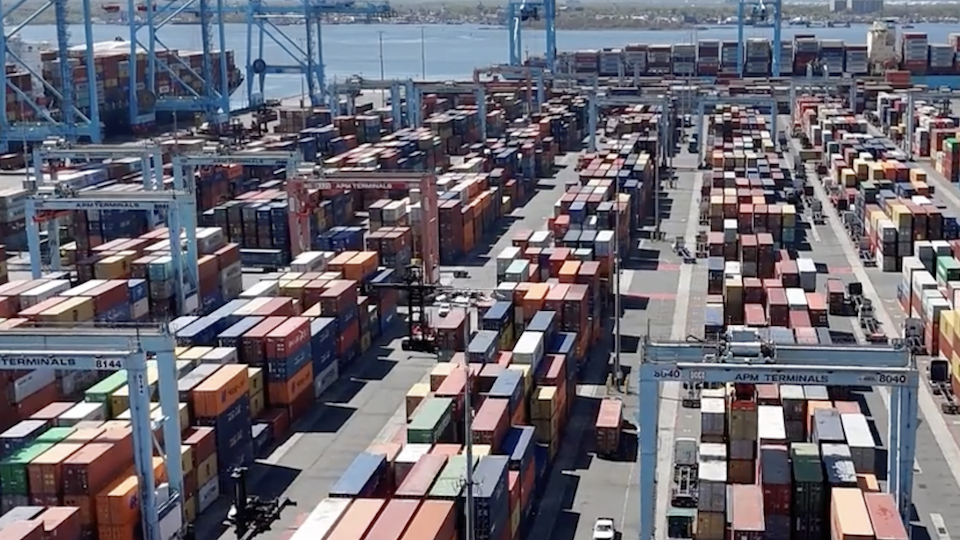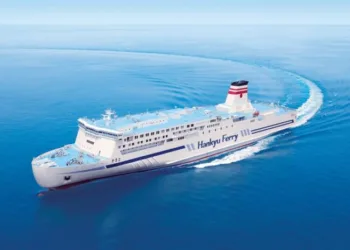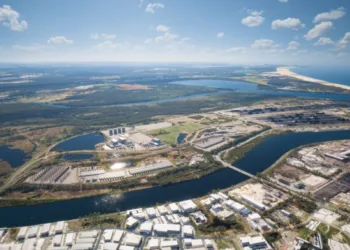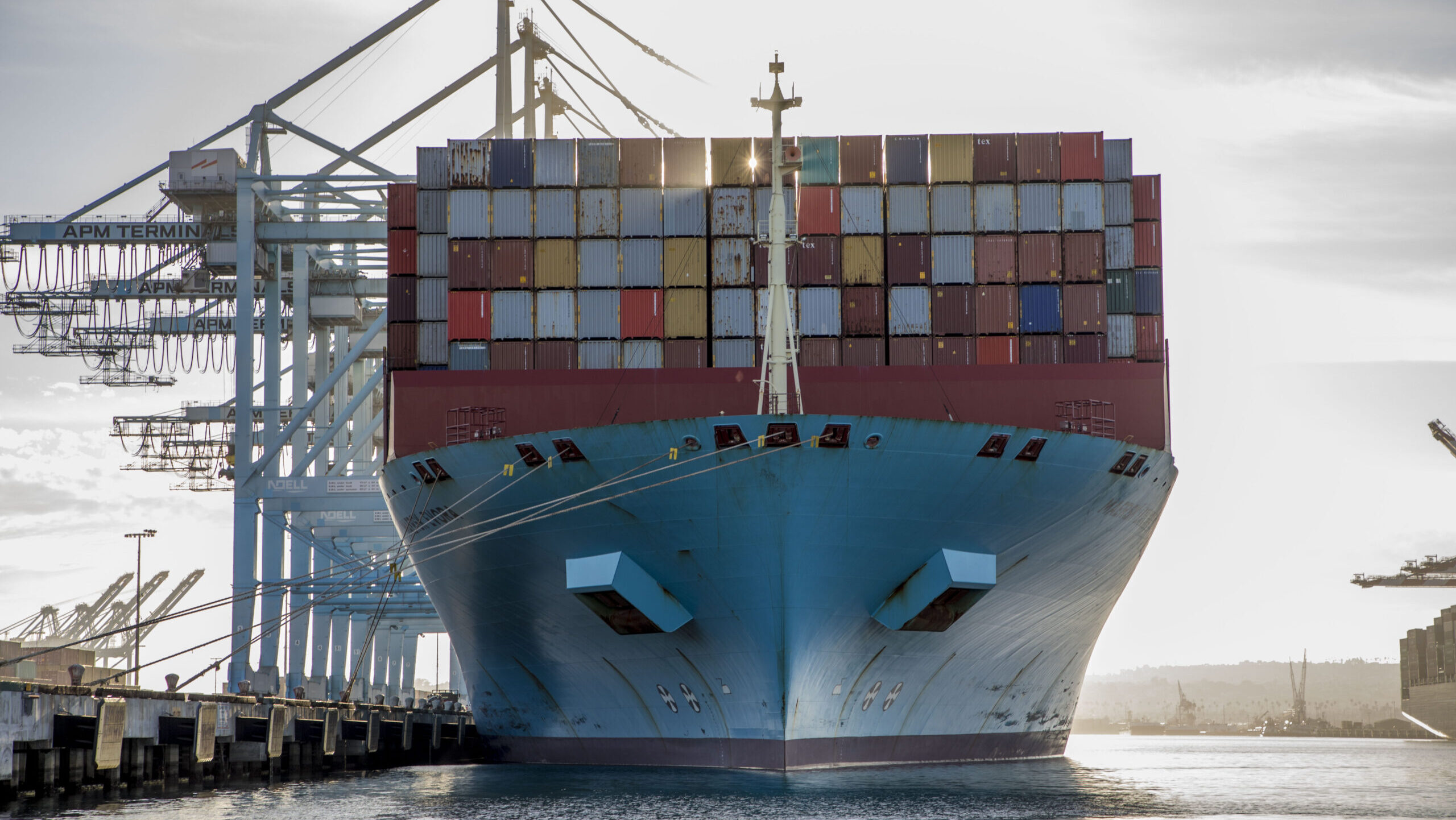While China and the United States made recent breakthroughs in trade and shipping agreements, there are few indicators of a resurgence coming to the trans-Pacific anytime soon.
Lingering uncertainty has seen ocean carriers seek higher freight prices through general rate increases amid weaker demand.
Eastbound rates from Asia to the U.S. West Coast fell 1% to $1,999 per forty foot equivalent unit (FEU) in the latest week, according to the Freightos Baltic Index. Asia-U.S. East Coast prices increased 4% to $3,628 per FEU.
The talks between President Donald Trump and Chinese leader Xi Jinping in South Korea yielded not only a pause in the tariff war but also in the onerous U.S. port fees that would have hit China’s Cosco (002401.SZ) and OOCL (0316.HK) with millions of dollars in charges for calling U.S. ports.
“For the container market, the port call fee pauses will mostly mean a sense of relief for Chinese carriers who were facing significant costs if these surcharges had remained in place,” wrote research head Judah Levine of Freightos, in an update. “Operators of U.S.-linked container vessels calling in China will welcome the pause too, though these represent a much smaller slice of the market. It is possible non-Chinese carriers will keep some of their adjustments to deployments of China-built vessels in place just in case the restrictions are restored on short notice.”
Levine said it was unlikely the China-U.S. deescalation would fuel a sudden surge in demand on the trans-Pacific freight demand.
“About two-thirds of all exports from China to the U.S. face tariffs of up to about 25% put in place during the first Trump administration. With these coming on top of the now 20% tariff baseline on all Chinese exports, tariffs on China are still significantly higher than on other countries.”
Demand could also be damped by importers diversifying their sourcing away from China who will probably continue to do so, he said, along with frontloading that made for an early peak season and the typically slow months of November and December.
Uncertainty and volatility could return in the short term after the U.S. Supreme Court heard arguments Wednesday in a case challenging Trump’s use of emergency powers to levy tariffs, but a ruling might not come until June. Concurrently, trade barriers remain as Washington continues to roll out sectoral tariffs facilitated by other areas of trade law.
“Supply chain stakeholders have more certainty and stability regarding the tariff landscape at the moment, and possibly for the next 12 months, than at any point so far in 2025,” Levine said. “This albeit tenuous stability could mean that for 2026 we won’t see the frontloading and start-and-stop ocean volumes that we saw this year, suggesting a return to seasonality for freight markets, even if tariffs mean higher costs to importers.”
November GRIs by carrier saw last week’s stable prices rise for now.
Daily rates for trans-Pacific containers to the West Coast have jumped $1,000 per FEU to $2,962 per FEU so far this week to levels last seen in July, said Levine. But he noted published reports that said carriers are offering much lower rates amid weak demand and prices to the East Coast have already fallen about $100 per FEU this week, “suggesting that rate increases on this lane did not take at all.”
Asia-Europe daily prices are up about $300 to $2,500 per FEU; rates to the Mediterranean have risen $500 to about $2,800 per FEU.
“Carriers will likely only succeed in maintaining these price increases or in keeping rates from slipping back to lows hit in mid-October, if they are able to adjust and keep capacity level with likely easing demand via blanked sailings,” Levine said. Improved volumes y/y and persistent congestion at European ports hasn’t stopped Asia-Europe rates from falling more than 40% lower than a year ago, “suggesting capacity growth is responsible for overall downward pressure on rates even as Red Sea diversions continue.”
Find more articles by Stuart Chirls here.
Related coverage:
Maersk’s surprising strategy amid falling freight rates
Shares of largest US container line buoyed by tariff outlook
Japan’s ocean lines face profit decline amid tariff impact
Panama Canal fights drought with $8.5B plan to secure future trade
The post New trade deals, and ‘tenuous stability’ for ocean freight appeared first on FreightWaves.



















